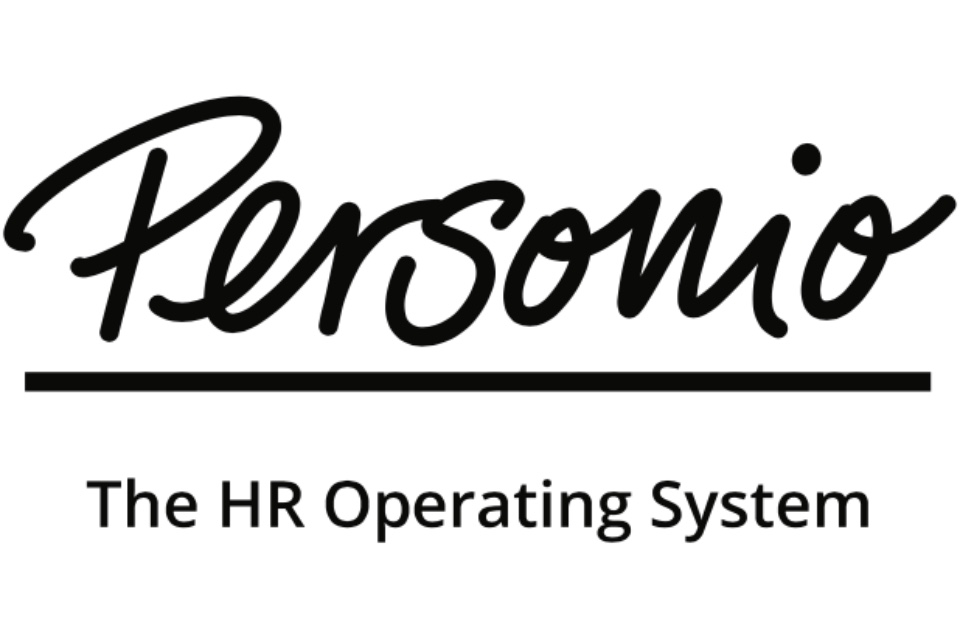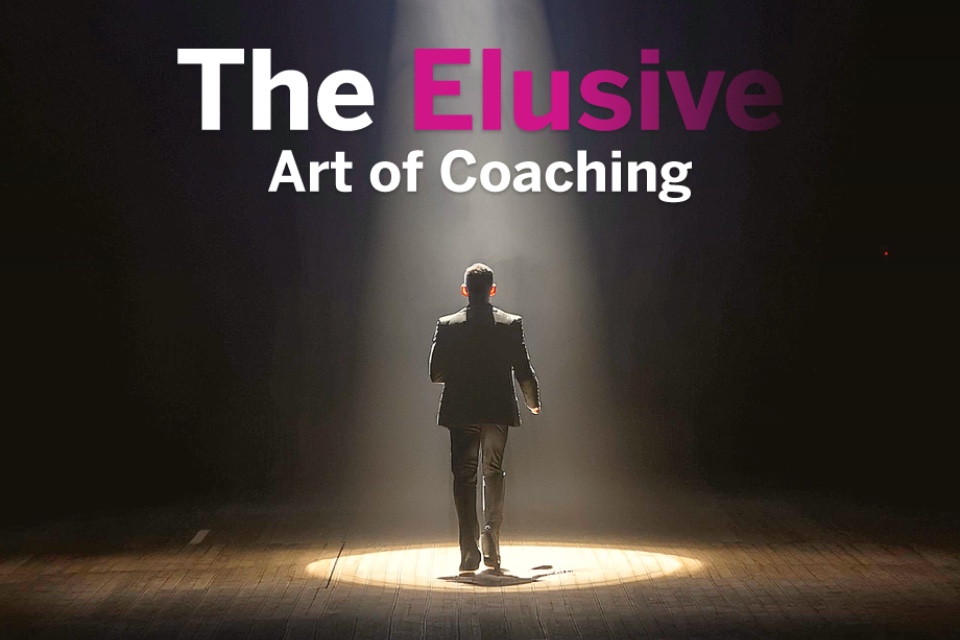By Personio
For many organisations, whether large or small, a properly-implemented ‘people strategy’ can help grow their business and take their work to the next level.
During H.U.G. Digital 2020, we discussed the argument behind formulating a people strategy with Transferwise CPO (and Personio’s incoming Chief People Officer), Ross Seychell.
Here’s what you need to know about people strategies and what goes into them. Also, why having one could make a world of difference for your company.
Start by clicking this link to watch the video of Ross’ talk (note: you will need to sign up for a free account for full access).
Disclaimer: At the time of this interview, Ross Seychell was the CPO of Transferwise and discussed his active involvement with the company. Since then, he has agreed to join Personio as our new Chief People Officer (CPO).
What Is A People Strategy?
At the heart of every organisation is the people who make it great. A people strategy serves as a proactive plan to put the people in your organisation first.
Basically, a people strategy is a fancy word for a “prioritised people plan.” Much like any other strategy, it underpins and enables your business to succeed.
It’s a strategy built to drive employee engagement, productivity, and retention. It’s a roadmap for helping your business grow based on talent.
That said, it’s also focused on outcomes, KPIs and other metrics that help track, analyse, and determine the success of a strategy.
Why Do You Need A People Strategy?
The better question might be: Why don’t you have one already? It helps to think of a people strategy in two ways. One, as an extension of your business strategy. Then, a strategy that underpins your business’ success.
That’s because it adds both vision and clarity to how you manage your teams. This, in turn, has a direct influence on the work you produce.
If you don’t have a people strategy, you’re walking an incredibly fine line. In fact, without one in place, you run the risk of:
- Misaligned teams
- Doubling up of work
- Emphasising the wrong priorities
- Unclear product and customer roadmaps
Sooner or later, internal problems like these become large external ones. This is especially detrimental for companies looking to grow or scale their business.
Customer churn, negative performance, financial impact, and shareholder issues can all follow. Naturally, each is damaging on its own, and destructive if combined.
How Do You Build A Proper People Strategy?
So, where do you begin and how do you start putting together your people strategy?
While it might seem intimidating at first, a functional people strategy relies on some key tenets.
It all starts with inspiration. After all, that’s what any strategy should be designed to do: to inspire people to work their best.
Let’s break down each of the steps and why they matter…
1. Start With A Vision And Some Data
Even if you already have a ‘vision’ in mind, it’s best to gather data that can help feed your plan. This way, you can build it out in a distinct, actionable way.
The first step is to capture data of all kinds. Quantitative data, like those on diversity (the ratio of male-to-female employees), turnover rate, sick days, and more, can offer baseline insights to help build out your dataset.
Then, consider qualitative data directly from the leadership team (at the executive level), various team leads, and users throughout the People Team (through structured interviews or surveys).
Quantitative data, like those on diversity (the ratio of male-to-female employees), turnover rate, sick days, and more, can also build out your dataset in an actionable way.
In this process, it’s essential to keep all methods of evaluation as consistent as possible. This way, your dataset remains consistent across every user group.
Feedback can be complemented by compiling a range of retrospective trends, as well as looking into the future. This can determine both where you will go and what new skills you need to get there.
A successful people strategy begins with a vision that is aspirational of where you want to go. Then, inspired by the data you have on hand.
2. Identify The Problems And Outcomes
After analysing the data, the next step is to identify any problems and intended outcomes from the process.
A people strategy needs to be reflexive, which means that it needs to identify problems before they occur and handle them in a proactive fashion.
This can be achieved by running some workshops to hypothesise some of the problems that need to be solved as a People Team.
Let’s think about it in four key phases:
- You have a problem you’re trying to solve
- Then, the outcomes you want to achieve
- The work or activities that solve the problem
- How you can go about measuring the process to ensure you achieve it
- Your people strategy is far more than a mission statement or a vision. It works because it foresees gaps, issues, or roadblocks while finding and tracking various solutions.
3. Gather Feedback & Excitement
Strategic HR is often holistic HR, which means that a people strategy needs to be informed by people. All kinds of them!
Feedback is essential, and it’s just as essential that it comes from a wide range of people in various roles and disciplines.
In fact, gathering some non-HR eyes on any sort of people strategy can help invite a diversity of opinion. This will ensure your strategy makes sense and can inspire those within the organisation.
This stage could even involve identifying sponsors or nominees to join various project groups. This way, your people strategy has an even better chance of becoming fully realised.
It’s not just about feedback, though. It’s about gathering feedback and engaging people to see themselves in the overarching strategy.
It develops buy-in from people throughout your organisation. At the same time, it helps your ultimate vision become more reflective of everyone in the organisation.
4. Visualise & Communicate
It’s helpful to set about creating something visual that can be used to communicate plans with your wider organisation.
Engaging representations don’t just look good. They can help educate the wider business about how work is thought about and allocated.
This can even include both core work and future goals and talking through each.
5. Track & Adjust
Of course, a people strategy is not a static, ‘set-it-and-forget-it’ plan. It is something that can change and should be tracked to ensure it is working.
In this way, it is important to proactively check in with the overarching strategy to ensure it’s working and that it doesn’t require changes.
And, if changes are required, adjusting is essential!
Achieving An Effective People Strategy
Now you know a bit more about how a strong, forward-thinking, and results-oriented people strategy can help your business grow. Perhaps you even have a strategy in mind or the beginnings of one, does that mean you’re all done? Nope, not even close!
The following two questions are perhaps some of the most important in the entire process.
They are:
- Do we have the team to deliver on our strategy?
- How do we make time to focus on the strategy as a whole?
This might look different by team or by year. It can even involve upscaling, promoting, structural changes, hiring externally, or more.
That said, the team tasked with delivering on your people strategy is just as important as the strategy itself. One determines the success, or even the possibility, of the other.
Then, it’s all about finding the time. HR leaders often note the tension between the work on their desk and the long-term initiatives they are seeking to accomplish.
A people strategy is not only a roadmap or a vision, it’s a constant reminder. It allows leaders to remain clear on their priorities — both what you can do and what you won’t do.
Then, it’s all about executing, analysing, tracking, and adjusting — all to help your business grow based on the people you trust to help get you there.






